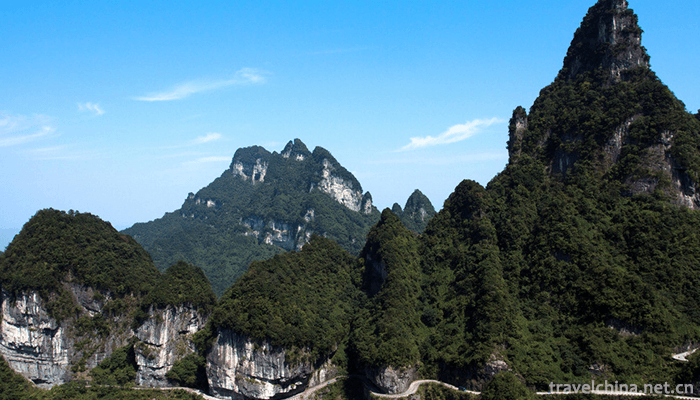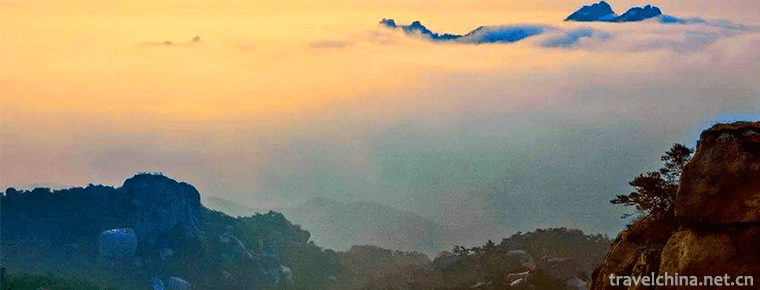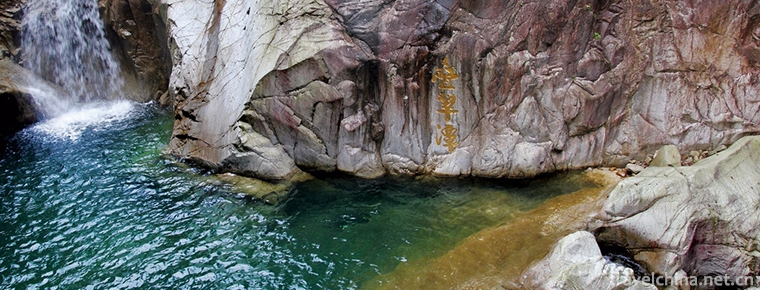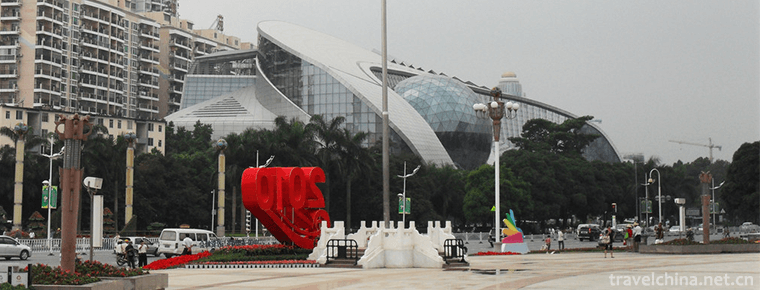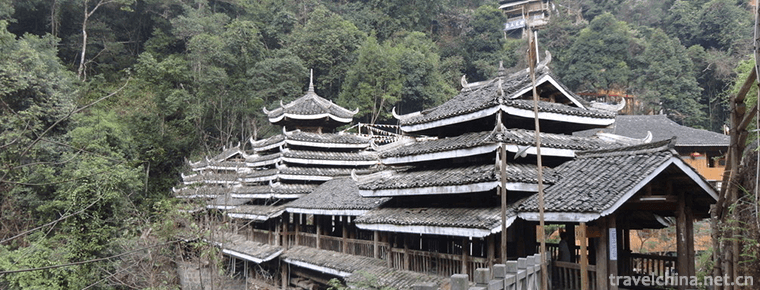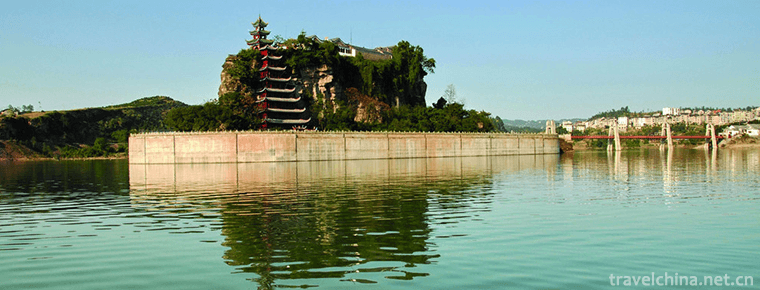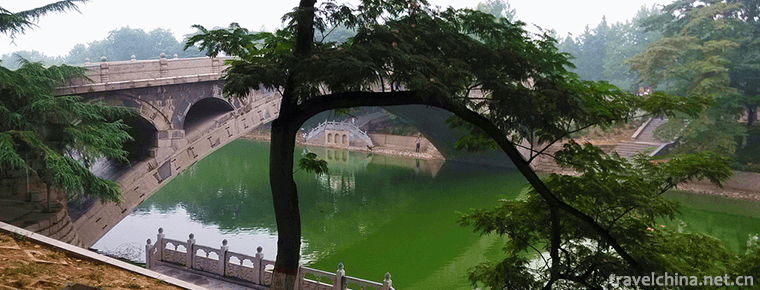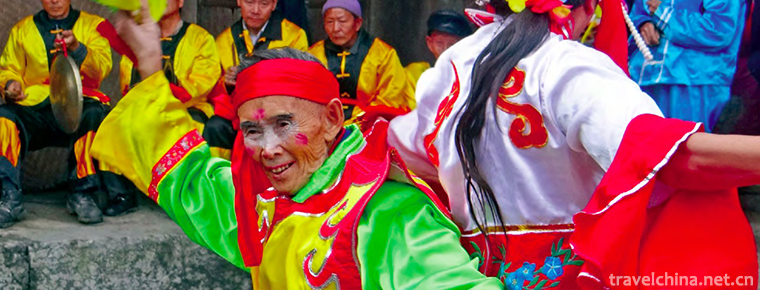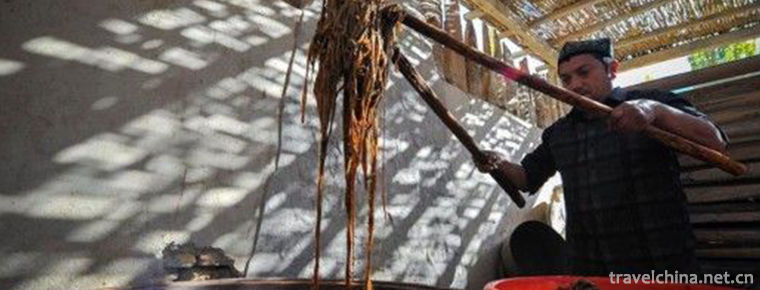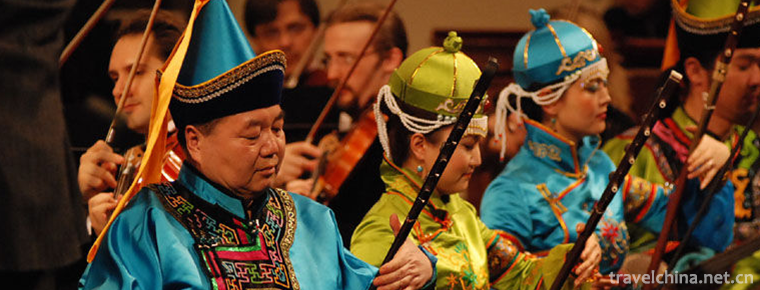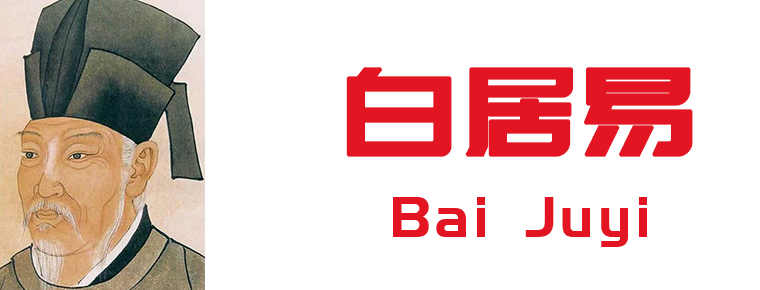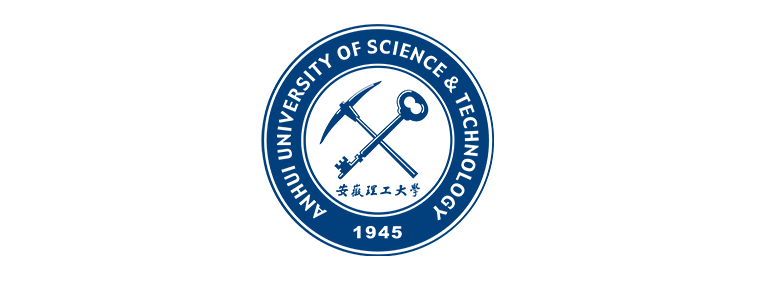Uygur Karakul fetus
Uygur Karakul fetus
There is a folk song "Turpan grape Hami melon, turtle's lamb a flower". Shaya Uygur Hatters use local lamb skin to make various hats, such as Duhuawa, Wuniqie and Dulikun, for people to buy. They are exported to Western Asia, Eastern Europe and other places. They have high economic value and collection value.
Uygur Karakur fetal lamb leather cap production technology is a national traditional handicraft declared by Shaya County of Xinjiang Uygur Autonomous Region in 2008 and approved by the State Council.
brief introduction
Lamb skins are made from the skin of ewes 3 to 7 days before lambing. After determining the time of lamb fetching, they are not given drinking water for the first two days, but cold well water for the third day, so that the lambs are naturally aborted and skinned. Lamb skin and tire rubber are thick, shiny, dense and compact, dark as ink, silver shining, and moist in color. There is a folk song "Turpan grape Hami melon, turtle's lamb a flower". Shaya Uygur Hatters use local lamb skin to make various hats, such as Duhuawa, Wuniqie and Dulikun, for people to buy. They are exported to Western Asia, Eastern Europe and other places. They have high economic value and collection value.
History
The production of fetal lamb skin and fetal lamb skin cap in Shaya Karakul has a history of 2000 years. The cap made of the fetal lamb skin and fetal lamb skin was excavated in the ancient city of Yushikat in the Han Dynasty.
With the introduction of various lamb breeds with high meat and milk yields, affected by the interests, the number of people raising Karakul sheep gradually decreased, and the production of fetal lamb skins significantly decreased. In addition, due to the strict tanning and processing technology, fewer and fewer people are skilled in this technology and continue to produce it. This technology is gradually facing endangerment.
Inheritance value
Staff of Shaya Intangible Cultural Heritage Protection Office introduced that only 50 people could make fetal lamb skin hats, and only 10 folk craftsmen were engaged in making fetal lamb skin hats. They were distributed in Shaya Town, Yingmaili Town and other places in Shaya County.
Therefore, the production technology of Karakul fetal lamb leather cap in Shaya County has been included in the national intangible cultural heritage protection project, which has important practical significance for the inheritance and protection of traditional ethnic handicraft.
In order to protect the traditional skills of making Karakul fetal lamb caps, Shaya County has set up a "Leading Group for Protecting the Manufacturing Technology of Traditional fetal lamb caps". The traditional manufacturing technology guidance group, mainly composed of the technicians of fetal lamb caps manufacturing technology, has also been established. It mainly liaises with the county's Cap-Making masters to carry out exchanges and cooperation and train the inheritors.
In June 2007, Karakul fetal lamb leather cap, Uygur traditional knife making skills and Uygur traditional fishing customs in Shaya County successfully entered the first batch of autonomous region-level intangible cultural heritage list.
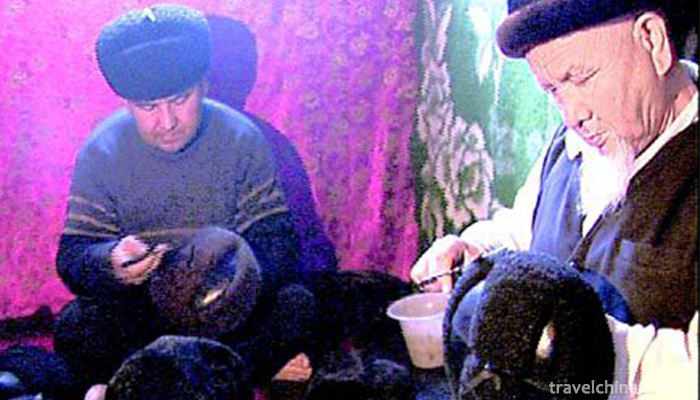
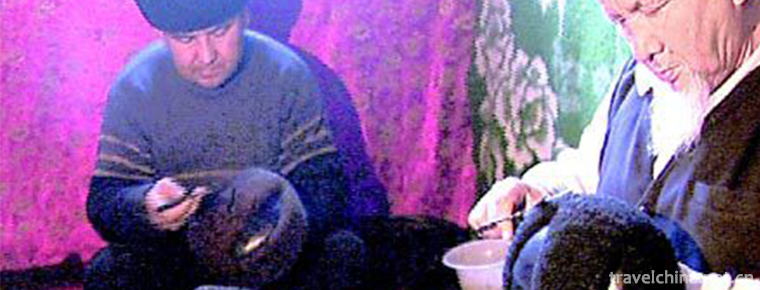
Uygur Karakul fetus
-
Tianmenshan Mountain tourist area
Views: 167 Time 2018-12-12 -
Wulian Mountain Scenic Area
Wulian Mountain Scenic Area covers a total area of 68 square kilometers and is a national AAAA-level tourist area. It is composed of Wulian Mountain and Jiuxian Mountain
Views: 192 Time 2018-12-22 -
nanling national forest park
Nanling National Forest Park is the largest nature reserve in Guangdong Province and a treasure house of rare animals and plants. The park is located in the core of Nanling Mountains
Views: 160 Time 2018-12-31 -
Guangxi Science and Technology Museum
Guangxi Science and Technology Museum is located in Nanning National Avenue. It was established in March 2006 and started construction in December. It covers an area of 14655 square meters
Views: 374 Time 2019-01-13 -
Longsheng Hot Spring Resort
Longsheng Hot Spring is located 32 kilometers northeast of Longsheng County. It takes 40 minutes to get to Longsheng Hot Spring by bus from the county town. Hot springs are gushed from rock strata 120
Views: 198 Time 2019-02-06 -
Shi Bao Village
Shibaozhai, a national AAAA-level tourist attraction, a national key cultural relic protection unit, is one of the 30 best new tourist landscapes in the Three Gorges of the Yangtze River,
Views: 117 Time 2019-02-08 -
Zhaozhou Bridge
Zhaozhou Bridge, also known as Anji Bridge, is situated on the Juanhe River in Zhaoxian County, Hebei Province. It spans more than 37 meters across the river. Because all the bridges are built of ston
Views: 220 Time 2019-03-17 -
Gulin lantern
Gulin lanterns, centered on Gulin, are widely distributed in the middle reaches of Chishui River at the junction of Sichuan, Guizhou and Yunnan provinces.
Views: 344 Time 2019-05-01 -
Uygur Mulberry Paper Making Skills
Uygur mulberry paper takes mulberry branch endothelium as raw material, mulberry branch endothelium is sticky, smooth and delicate, easy to process, after exploitation, soaking, pot boiling, pounding,
Views: 144 Time 2019-06-28 -
Ulger
Uliger, which means "storytelling" in Mongolian, is commonly known as "Mongolian Shushu", "Mongolian Shushu" and "Mongolian Qinshu". It is a form of music art t
Views: 163 Time 2019-06-29 -
Bai Juyi
Bai Juyi (772 - to - 6), Le Tian, the number of Xiangshan residence, and Mr. drunken Yin, whose ancestral home is Taiyuan, Shanxi. And moved to his great grandfather. Lower jaw Born in Henan Xinzheng
Views: 292 Time 2019-09-06 -
Anhui University Of Science & Technology(aust)
Anhui University Of Science And Technology is located in Anhui province. Huainan City Yes. Anhui higher education revitalization program Local characteristics High level University Construction, proje
Views: 564 Time 2019-10-10
